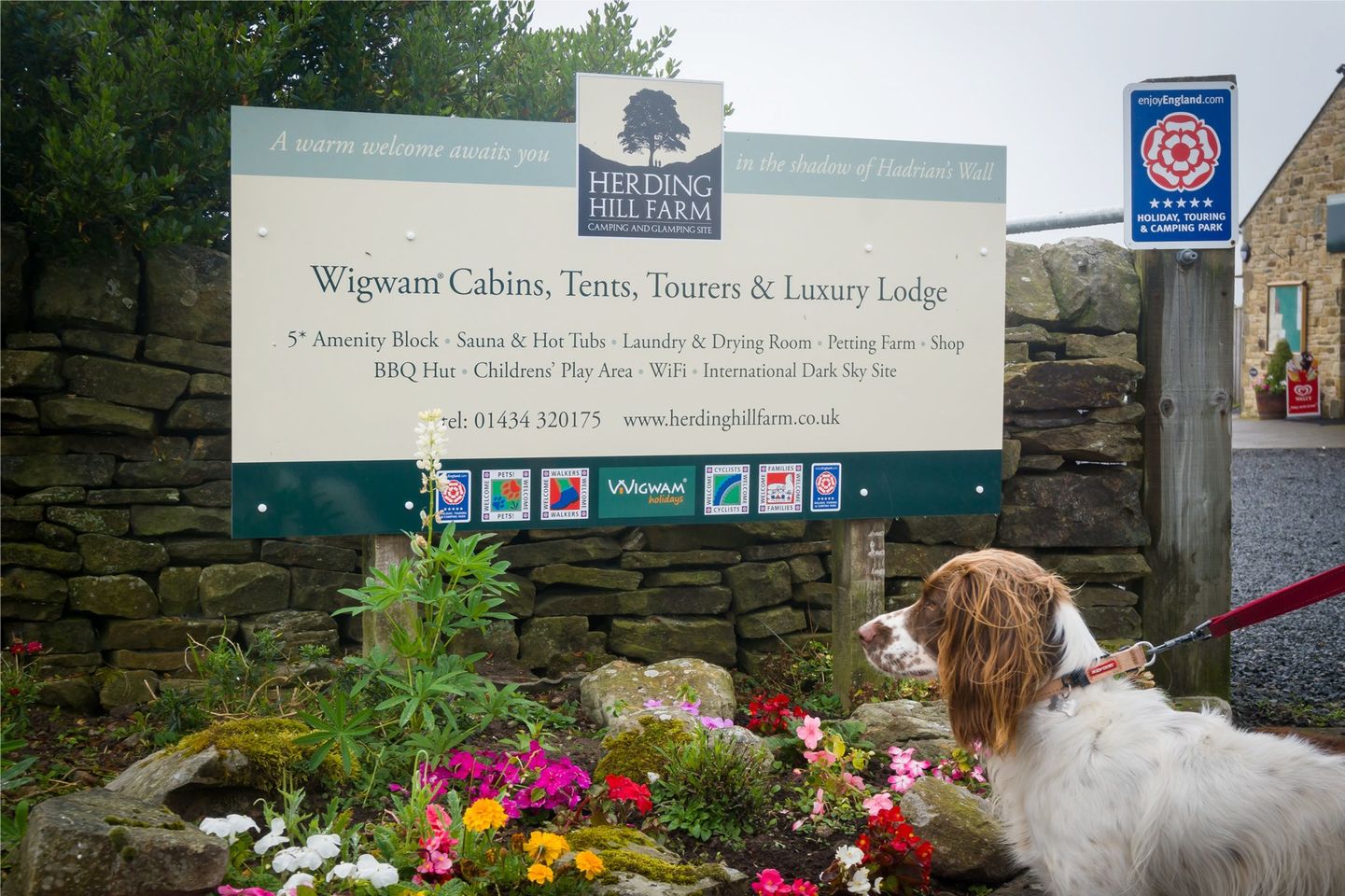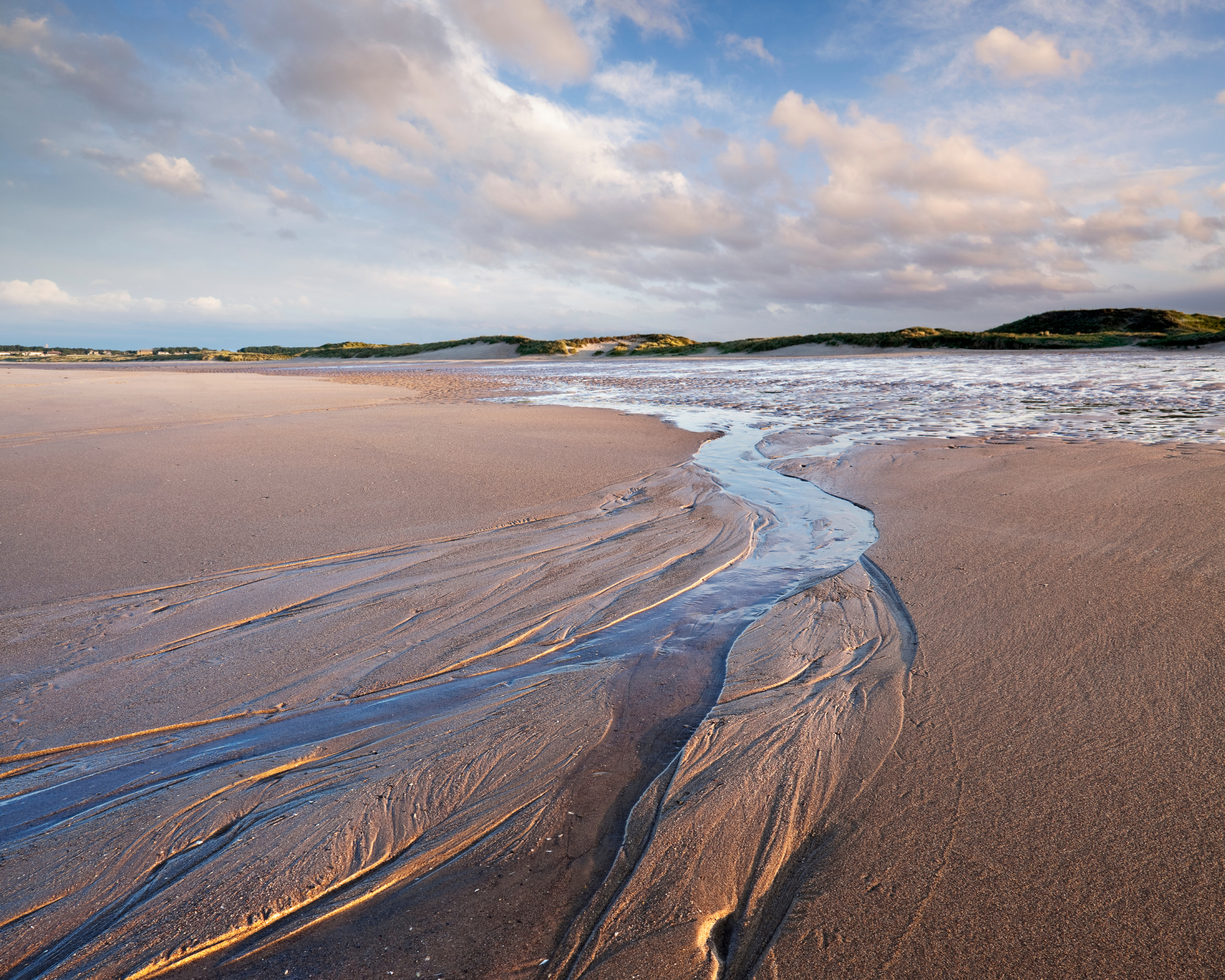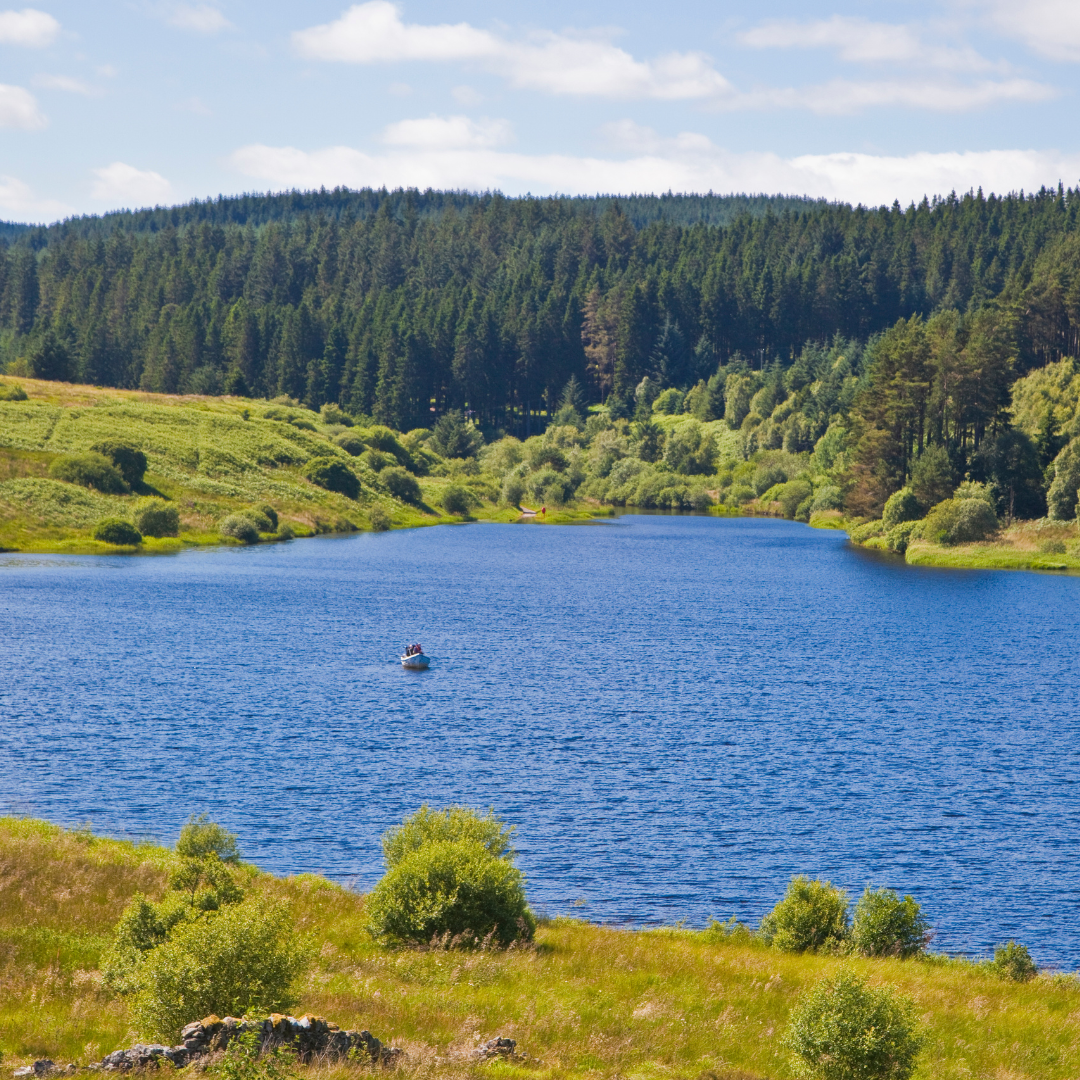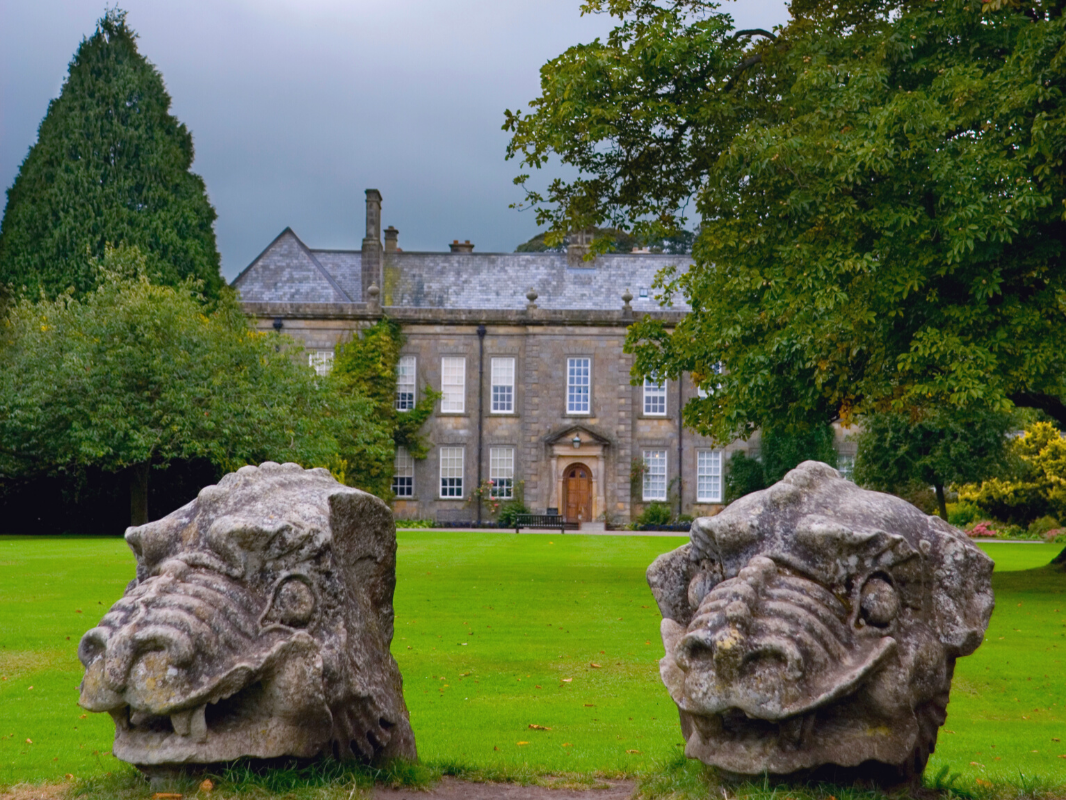Enjoy wonderful wildlife in Northumberland
Northumberland is blessed with an amazing combination of spectacular coastline, rolling hills and dramatic moorland landscape as well as field upon field of rolling countryside. As such it is a perfect holiday spot for those who want to enjoy wildlife in Northumbria and Northumberland bird sightings. Herding Hill Farm is an ideal location to base yourself whilst exploring the Northumberland wildlife. There is always something to see whatever the season and whatever the weather. Just don’t forget your binoculars!
Wildlife close to Herding Hill Farm
As well as our animal petting farm, with rabbits, hens, goats, guinea pigs, alpacas, KuneKune pigs, donkey and Shetland pony, we enjoy different Northumberland wildlife at our rural landscape and in particular hedgehogs, which are regularly seen around our amenity block in the evenings. We will be installing hedgehog and bug hotels in 2021 and are planting a range of plants and flowers to attract bees and butterflies to the site. We have signed up for the David Bellamy Blooming Marvellous Pledge for Nature 2021.
If you want to benefit from greener tourism and want to view Northumberland birds and wildlife without using your car, there is an excellent walk from the campsite down the Haltwhistle Burn. Here you can do some bird watching Northumberland and may be lucky enough to spot Northumberland wildlife such as red squirrel, deer, heron or even an otter. Hadrian’s Wall is less than a mile away and you will be able to view Northumberland bird sightings whilst you enjoy the Roman heritage. On a sunny Spring day if you are lucky you may even spot an adder. Cawfields Quarry and Walltown Nature Reserve are both close to the site and ideal for exploring.
Less than 15 minutes’ drive, the riverbank between Featherstone Castle and Langley Viaduct is also great for Northumberland bird sightings such as dipper, sand martin, oyster catcher, grey wagtail & buzzard and is a lovely walk. The Geltsdale Nature Reserve is ruggedly beautiful and is home to the elusive bird of prey Northumberland, the hen harrier, as well as upland birds such as black grouse and breeding waders including curlews.

North Pennines Wildlife Adventures
The North Pennines is the second largest designated Area of Outstanding Natural Beauty (AONB) in England and is home to rare Northumbria wildlife, striking landscapes and sweeping moorland. Animal species that are scarce in the rest of Britain thrive here, and you may see red squirrels, otters, and black grouse, as well as thousands of pairs of wading birds which return every year to breed in the AONB. Derwent Reservoir, covering an area of 1,000 acres, forms part of the boundary between Northumberland and County Durham.
Coastal Northumberland Adventures
The Northumberland Coast is an area of outstanding natural beauty, perfect for birdwatching Northumberland and is one of the few places in the UK where you can see puffins. Do you know that puffins reunite with the same mate every year? Boat trips run from the harbour at Seahouses to the Farne Islands daily between March and October. On route you will also enjoy nesting seabirds such as arctic terns, kittiwakes, fulmars, guillemots, razorbills, sandwich terns, common terns, shags and eider ducks, spot grey seals on the nearby rocks and if you are lucky even a pod of dolphins. 2021 has seen numerous excellent sightings of dolphins from as far down as Tynemouth all the way up the Northumbria coastline. There are plenty of Facebook groups like Newbiggin by the Sea dolphin watch that track and photograph their movements.
Coquet Island sits a mile off the coast of Amble and is one of the few nesting places for the rare roseate tern. There are also kittiwakes and puffins, known as the “clowns of the sea” here too. The eco-friendly Hauxley Wildlife Discovery Centre, ran by the Northumberland Wildlife Trust, is an ideal place to visit and is one of the best wildlife watching spots in the North East. It's a great place for Northumberland bird sightings, butterflies and red squirrels. Right next to the beach, it offers fantastic views across the length of Druridge Bay and is internationally renowned for its birdwatching Northumberland.

Bird of Prey Kielder Water and Forest Park
If you are interested in birds of prey Northumberland, then Kielder is one of the few places you have a good chance of spotting osprey in the wild. Ospreys are spectacular fish-eating birds of prey with a wingspan of over five feet. 2021 is the 13th successive year of ospreys breeding in Kielder Forest. There are cameras on the nests so visitors can enjoy watching the birds of prey Kielder, as well as keeping an eye out for them fishing over the water at the Kielder Dam, the area between Bull Crag and Leaplish Bay at Kielder Waterside and at Leaplish Bay itself. Ospreys regularly hunt soon after first light and again in the early evening. As the breeding season goes on, more fish will be required by ever-hungry growing chicks. Calvert Kielder normally runs seasonal Osprey and Wildlife Cruises. The Northumberland Wildlife Trust run the Kielder Osprey Project and whilst this is currently restricted due to Covid, a new viewpoint and Osprey Watch facility will open at Tower Knowe in 2022. A bird hide viewpoint at Bakethin Nature Reserve can offer views of nine different birds of prey on a good day.
The Kielder Water Bird of Prey Centre is located at Leaplish Waterside Park, Kiedler and has one of the largest & most fascinating collections of birds of prey in the North of England including owls, eagles, hawks, falcons and vultures.

Red Squirrels
Northumberland remains one of the best places in the UK to spot red squirrels and there are a number of places not far from Herding Hill Farm. The National Trust properties of Wallington and Cragside as well as the beautiful walk at Allen Banks and Staward Gorge, just a 10 minute drive from our 5-star Northumbria campsite, are all good places to spot this increasingly rare cute animal.

Increased Northumberland Adder Sightings
The pandemic lockdowns have increased the chances of spotting an adder, particularly in the Cheviot Hills but adders have been seen close to Herding Hill Farm on Hadrian’s Wall where they like to bask in the Spring sunshine. The adder is the UK’s only venomous snake, easily identifiable by a dark, continuous 'zig-zag' stripe along their back and are most commonly spotted in heathland and moorland. The male is generally grey and the female is brown. One of the great places to spot them is at Wooler Common. Their venom is generally of little danger to humans as whilst an adder bite can be very painful and cause a nasty inflammation, it rarely proves fatal. However, dog owners should keep their dogs on a lead if adders are likely to be around and proceed to a vet immediately if they think their pet has been bitten.
A slow-worm is the only other snake-like reptile in Northumberland, but is, in fact, a legless lizard. Shiny in appearance, adults are brown to copper colour. The slow worm is not poisonous.
Northumberland Wildlife Trust
Herding Hill Farm Camping and Glamping Site are proud to be Silver corporate supporters of the Northumberland Wildlife Trust, who play such an important part in protecting our natural heritage. The Northumberland Wildlife Trust is the largest voluntary organisation concerned with nature conservation in Northumberland, Newcastle Upon Tyne and North Tyneside. The Northumberland Wildlife Trust manages over 60 nature reserves and runs important species conservation projects such as Red Alert which aims to save the red squirrel.
Child-Friendly Wildlife Northumberland
Wildlife spotting and bird watching can be great fun for all the family. If you want to keep the little ones engaged the Wildlife Trusts produce a variety of different activities Wildlife Watch and check sheets for the children to make a note of what they have seen. CLICK HERE for some inspiration on wildlife activities for all the family.
We've put together a handy wildlife spotting checklist that you can check off whilst you're out exploring! Download it here.
